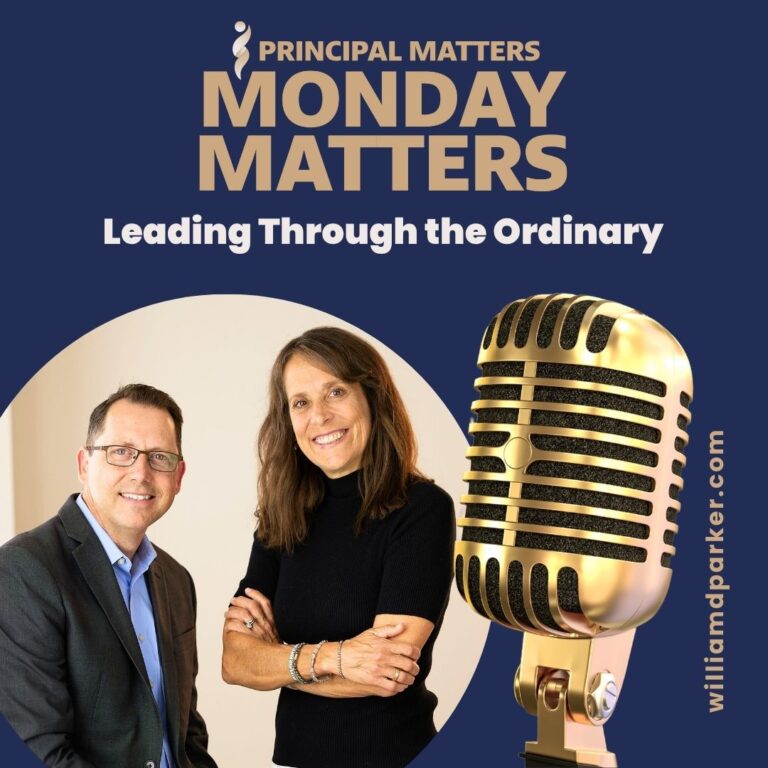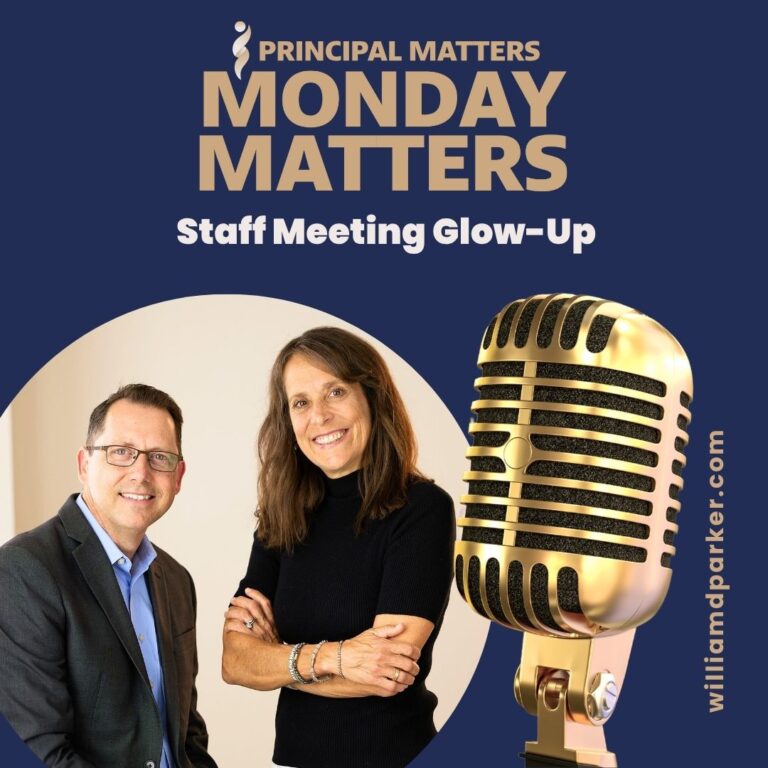When I was a boy, one day my dad walked me to the back pasture of our farm.
At the end of long rows of corn, he had set aside an area that he had tilled and planted with potato cuttings. The plants had grown and died. In this patch, I couldn’t see any sign of life.
“Get down on your hands and knees,” he said, as he squatted on all fours. So I followed suit.
“Now start digging down below the top layer of soil until you feel something,” he told me as he began moving dirt.
Soon I felt the warm topsoil give way to the cool, rich dirt below. And before long I was digging up dozens of new, red potatoes. We made piles of them, loaded them up and carried them home to clean.
How Is Your School’s Soil?
Recently, I had a couple of school leaders ask me the following questions:
1. How do you keep teachers motivated during budget shortfalls?
2. What are the most effective ways to promote positive collaboration with administrators and educators?
Both questions reminded me of how important the “soil” of school culture is for staying motivated and working together. Just like a gardener or farmer cultivates a field so it produces a bountiful crop, we can only see healthy results in our schools when we also cultivate a collaborative school culture.
So what are some ways to cultivate a healthy school culture?
Three Ways for Growing Healthy Culture
1. Identify your most important values, and center all your goals on those priorities.
What is the greatest motivation behind the initiatives, programs, and schedules in your school? When your mindset is built on creating a learning environment where all students can be successful, your decisions, hiring choices, curriculum, master schedule, and time management follow suit.
I recently heard a presentation from Tim Brown, co-author of Creating and Protecting a Shared Foundation. As a career principal in secondary and elementary schools, Brown explained that school members must not only identify their driving motivation, but also they must “say it, model it, organize it, protect it, and reward it.”
If you begin with your motivations grounded in the right values, you have the beginnings of a healthy environment that influence every aspect of school.
2. Surround yourself with people who share those values and goals in common.
When times get hard, people have a tendency to either give up or work harder. But tough times should remind us even more how much we need one another to work smarter. Partner with others who share a commitment to help students succeed. When you do, you have resources in one another that you can never experience alone.
For instance, every time we make a new hire in our building, we ask ourselves: Would this person be someone I would want teaching my child? Does this person share the values we hold dear?
Sharing values doesn’t mean everyone is the same. Your strengths and weaknesses will vary from person to person. But even people with a diversity of backgrounds and skills can do amazing work when they’re united around a common purpose.
3. Schedule time for collaboration.
Collaboration does not happen by accident. At our school, we have embedded it in our schedule.
First, our teachers who share common curriculum standards meet regularly to team around those goals. For instance, we design our master schedule so that all Language Arts teachers share a common plan, all Math teachers share a common plan, and Biology and U.S. History teachers share common plans.
Also, we rotate weekly to schedule times for leadership collaboration on Thursdays. Week one, we meet with district leadership. Week two, we meet with department chairs and other teacher leaders. Week three, we meet with our entire faculty. Week four is time scheduled with our student leadership group.
When times are tough, the natural tendency is to either isolate, begin complaining, or simply give up. But staying connected with one another, or collaborating to find positive solutions, keeps you accountable to the goals and priorities you set for your students and your school.
Conclusion
I’ll never forget digging potatoes with my dad. Later when we had steamed, buttered, and salted them, I’m convinced that they tasted even better because I had gotten my hands dirty harvesting them from the well-cultivated soil.
School cultures can either be places of beautiful cultivation or toxic environments. And much depends on the attitudes, commitment, and teamwork we encourage in one another.
In the end, identifying your core values, surrounding yourself with like-minded team members, and making time for collaboration keeps the soil of your school cultivated so that everyone has the best environment for staying motivated and serving up great learning.
Now It’s Your Turn
What are some other suggestions you would add to the questions of keeping your team motivated? What are ways you’ve learned to promote positive collaboration?
Sign-Up For Free Updates and Ebook
When you enter your email address here, you will automatically receive my newest posts and a free Ebook, 8 Hats: Essential Roles for School Leaders. Let’s keep learning together!
Principal Matters Podcast
Check out audio versions of Principal Matters posts at iTunes. Rate PMP at iTunes; when you do, it makes it more visible to others!
Principal Matters–The Book!
School leaders are very busy, so each of the twenty-four chapters is designed as a quick-read and followed with take-action questions for follow-up or reflection. If you want practical ideas on understanding your purpose, managing school teams, dealing with challenges, and leading with courage, action, motivation, and teamwork, go HERE to pick up a copy for you or your team.




